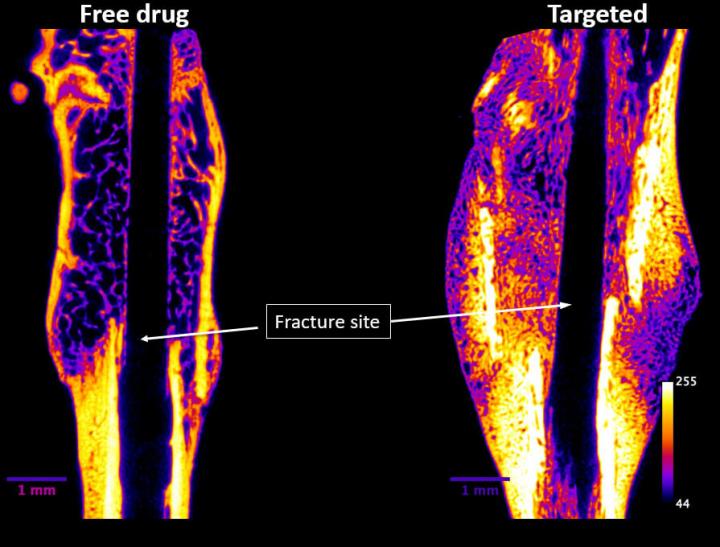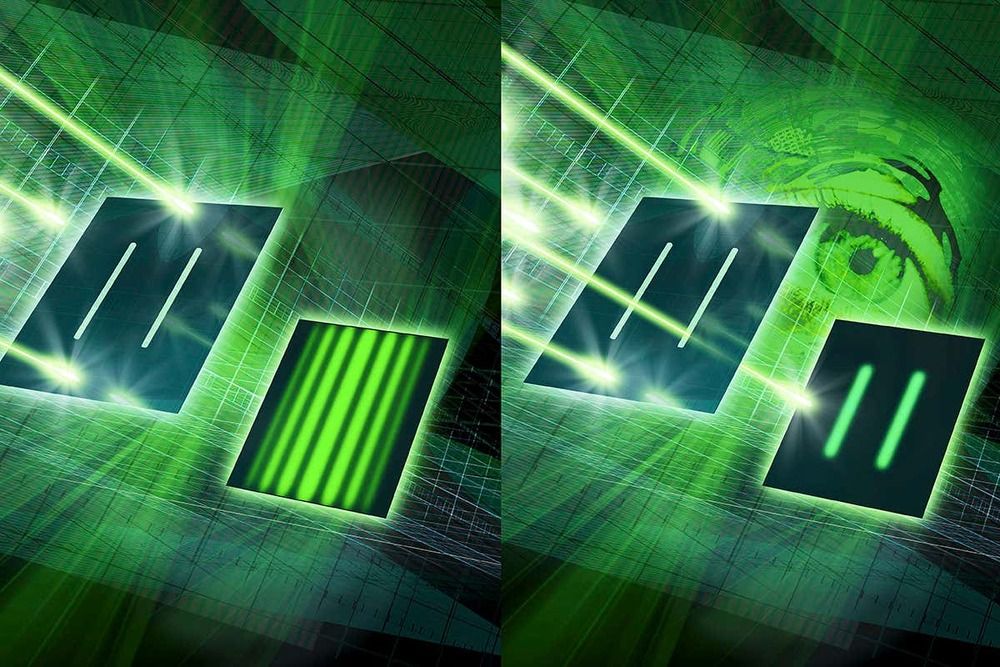The Pueblo people created rock carvings in the Mesa Verde region of the Southwest United States about 800 years ago to mark the position of the sun on the longest and shortest days of the year, archaeologists now say.
Panels of ancient rock art, called petroglyphs, on canyon walls in the region show complex interactions of sunlight and shadows. These interactions can be seen in the days around the winter and summer solstices, when the sun reaches its southernmost and northernmost points, respectively, and, to a lesser extent, around the equinoxes — the “equal nights”— in spring and fall, the researchers said.








